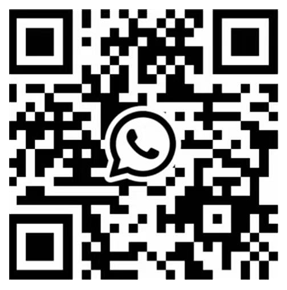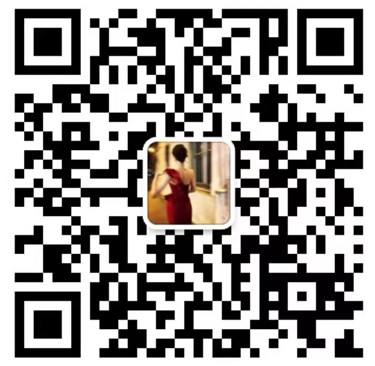Laser welding technology has gradually become a revolutionary technology in the field of lithium ion battery manufacturing. With the precision of laser welding, the energy density of Tesla 4680 battery cell increased by 15%. With the rapid increase in global demand for high-performance electric vehicle (EV) batteries and energy storage systems, manufacturers have been seeking advanced battery welding solutions to meet strict quality and efficiency standards.
4680 battery is famous for its larger cylindrical structure and higher energy capacity, and it needs perfect welding to ensure thermal stability and service life. Traditional welding methods are often difficult to cope with thermal deformation and irregular weld geometry, while Styler Electronic’s lithium battery welding system uses pulsed fiber laser and real-time monitoring technology to achieve micron-level accuracy. This kind of precision can control the size of welding pool, minimize splashing and ensure the uniformity of welding seam between battery winding and tab connection, which is the key factor to reduce internal resistance and maximize energy density.
Laser welding dominates battery manufacturing.
- Large-scale consistency: Different from arc welding, laser system can automatically control welding parameters and maintain the consistency of weld contour even under high-speed production. For the 4680 battery, this means that each weld meets the tolerance of 0.1 mm required to achieve the best electrochemical performance.
- Reduce the thermal influence: The local energy input of the laser minimizes the heat affected zone, protects the integrity of the battery diaphragm, and prevents the performance of the electrode from decreasing-this is a common problem in contact welding technology.
- Adapt to micro-components: The compact design of 4680 battery requires welding in a narrow space. Styler’s laser welding machine configuration includes a galvanometer scanner and a coaxial camera, which can navigate complex geometries without affecting speed.
(Credit: pixabay lmages)
24×7 online support and global service excellence.
Styler Electronic is well aware of the urgency of modern manufacturing industry, and now provides all-weather online engineer support to realize real-time troubleshooting and process optimization through secure remote access. Customers in the United States and other regions can immediately get the assistance of laser welding experts, who provide the following services:
-Remote diagnosis: Engineers use artificial intelligence monitoring tools to detect welding inconsistencies and adjust parameters during production.
-Video-guided training: On-site training to explain new battery specifications or equipment upgrades to operators.
-On-site deployment: For key projects, Styler engineers can go to American factories for installation, calibration and customized staff training of welding equipment.
This mixed service model can ensure that downtime is minimized, and at the same time, it can flexibly expand technical support according to changes in production requirements.
Demand-driven innovation in American market
Driven by the Inflation Reduction Act (IRA), the US battery manufacturing industry is expanding rapidly. Analysts predict that by 2030, the market size of lithium-ion batteries in North America will reach 135 billion US dollars, and the compound annual growth rate will reach 22% driven by the continuous increase of super factory output by automakers such as Tesla, Rivian and Ford. In order to seize this growth opportunity, American manufacturers need battery welding systems that take into account safety standards such as speed, reliability and UL 9540A.
Styler Electronic’s solutions focused on the US market meet these needs in the following ways:
-Customizable workstation: Modular laser equipment integrates industrial 4.0 interface to realize seamless factory automation.
-Regulatory compliance: certified CE standard configuration to speed up deployment.
The way of the future: the integration of automation and artificial intelligence
With the continuous development of battery design, welding technology also develops. Styler Electronic is investing in a lithium battery welding system driven by artificial intelligence, which uses machine learning technology to optimize the welding path by itself. Compared with manual setting, the rejection rate is reduced by 30%. For American customers, this means lower cost per kWh and faster time to market for next-generation battery specifications.
Take immediate action to consolidate your competitive advantage.
It is estimated that by 2030, the penetration rate of electric vehicles in the United States will reach 50%, and the competition for the dominant position in battery production is intensifying. Styler’s laser welding solution enables manufacturers to expand production without sacrificing quality. Welcome to explore our laser welding machine product portfolio, or contact our sales team rachel@styler.com.cn to discuss how precision welding can improve your 4680 battery output.
(the “Site”) is for general informational purposes only. All information on the Site is provided in good faith, however, we make no representation or warranty of any kind, express or implied, regarding the accuracy, adequacy, validity, reliability, availability or completeness of any information on the Site. UNDER NO CIRCUMSTANCE SHALL WE HAVE ANY LIABILITY TO YOU FOR ANY LOSS OR DAMAGE OF ANY KIND INCURRED AS A RESULT OF THE USE OF THE SITE OR RELIANCE ON ANY INFORMATION PROVIDED ON THE SITE. YOUR USE OF THE SITE AND YOUR RELIANCE ON ANY INFORMATION ON THE SITE IS SOLELY AT YOUR OWN RISK.
Post time: Jun-10-2025









